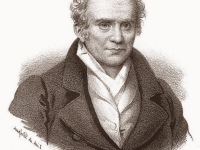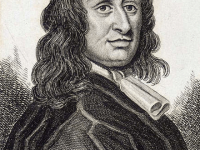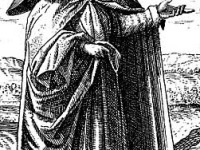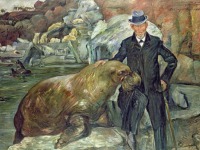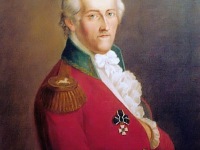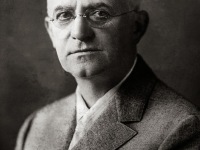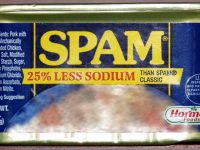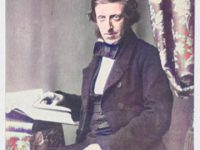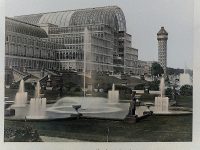Gaspard Monge and his System of Descriptive Geometry
On May 10, 1746, French mathematician Gaspard Monge, Comte de Péluse was born. He is best known for being the inventor of descriptive geometry as the mathematical basis of technical drawing, and being the father of differential geometry. During the French Revolution Monge served as the Minister of the Marine, and was involved in the reform of the French educational system, helping to found the École Polytechnique. “Descriptive geometry has two objects: the first is…
Read more











